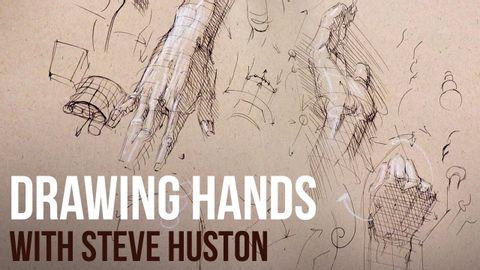スティーブ・ヒューストンと手を描く (Drawing Hands with Steve Huston)
haly ha が 2021 年 01 月 14 日 に投稿  この条件に一致する単語はありません
この条件に一致する単語はありませんUS /səbˈskraɪb/
・
UK /səb'skraɪb/
- v.t./i.(定期的なサービスに)申し込む : 予約をする : 予約金を払う
US /səˈfɪstɪˌketɪd/
・
UK /səˈfɪstɪkeɪtɪd/
- adj.話をより複雑にする;洗練された
- v.t.洗練させた
US /ˌɑpɚˈtunɪti, -ˈtju-/
・
UK /ˌɒpə'tju:nətɪ/
- n. (c./u.)機会;好機;仕事の機会;ビジネスチャンス
US /ˈkɑnstənt/
・
UK /'kɒnstənt/
エネルギーを使用
すべての単語を解除
発音・解説・フィルター機能を解除

